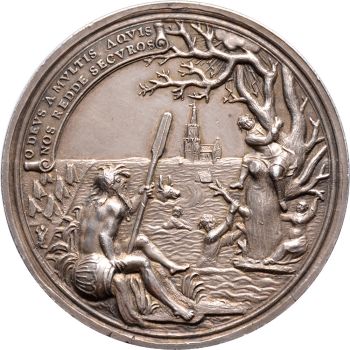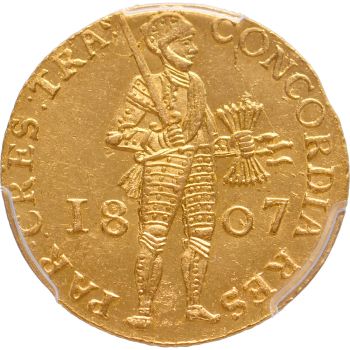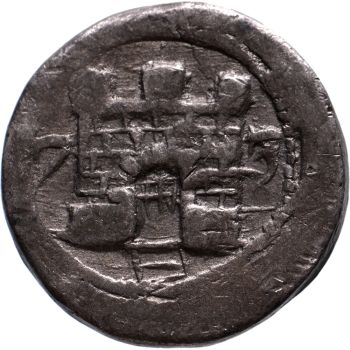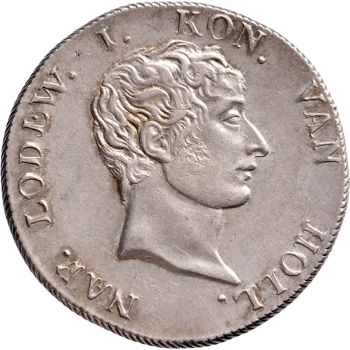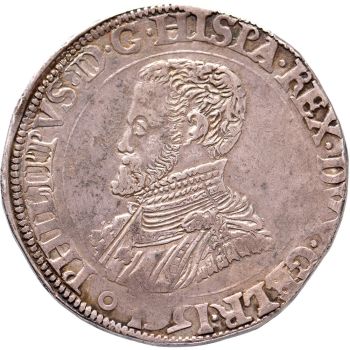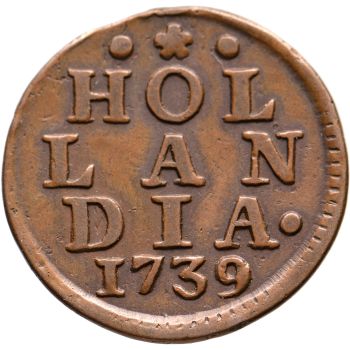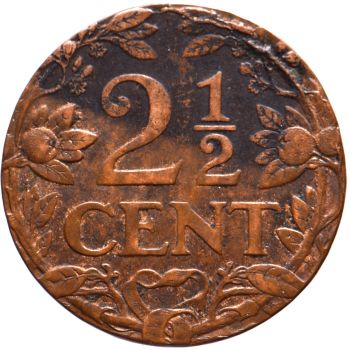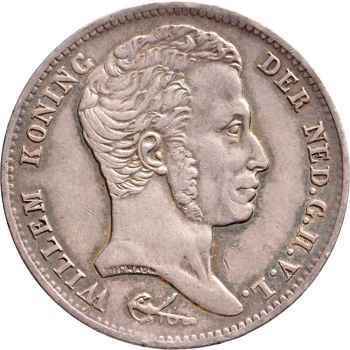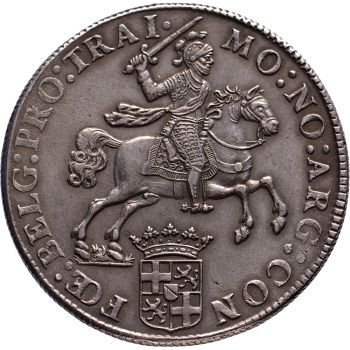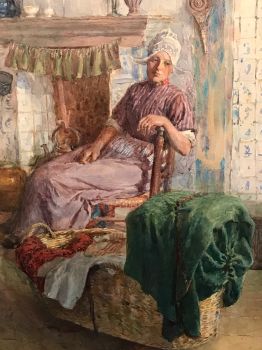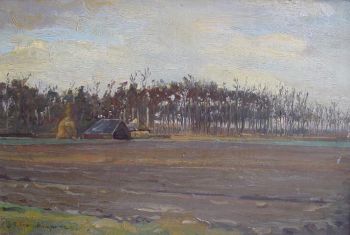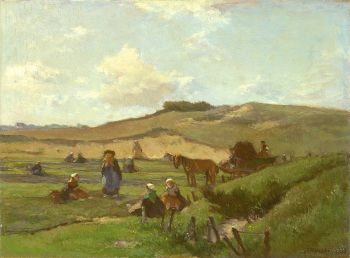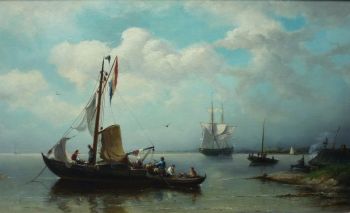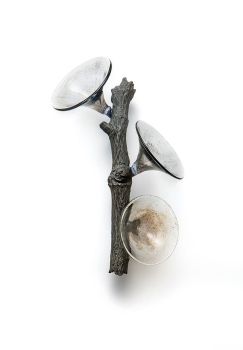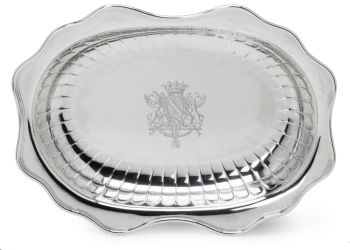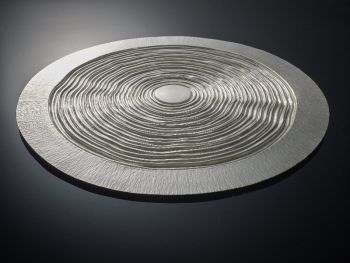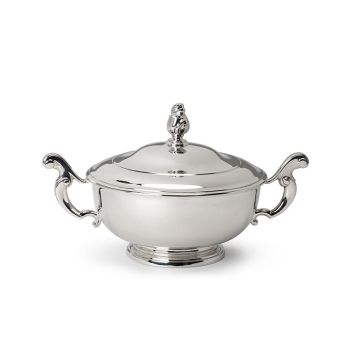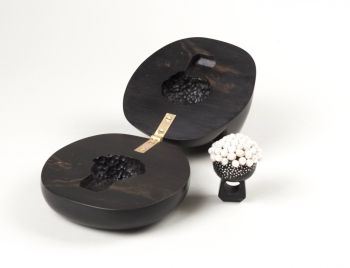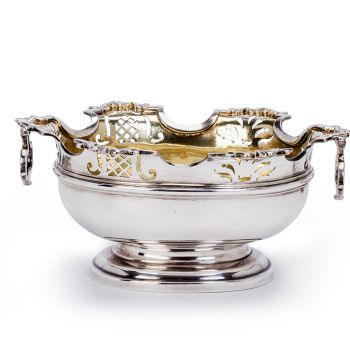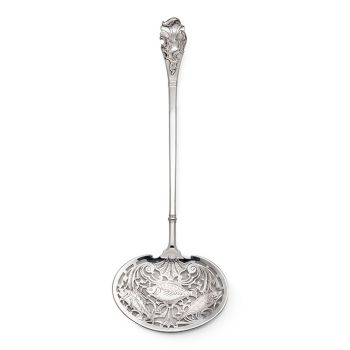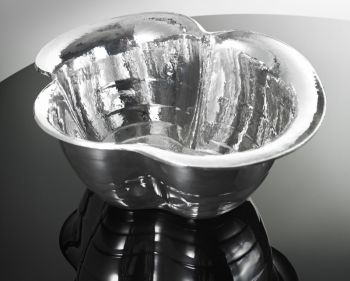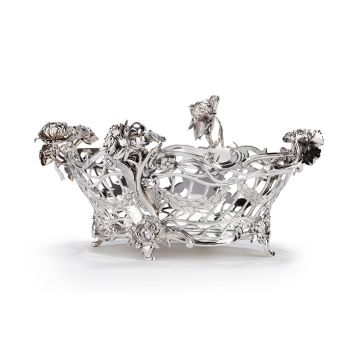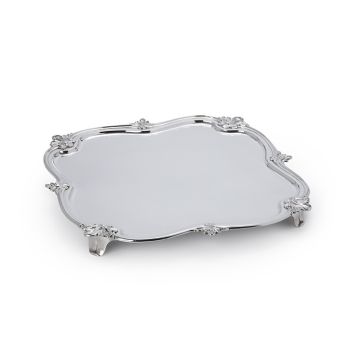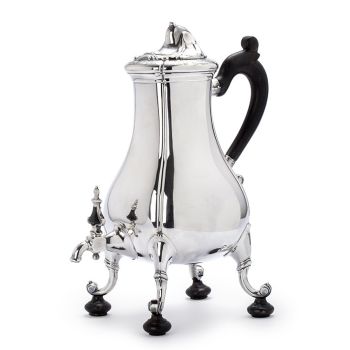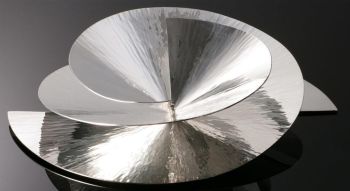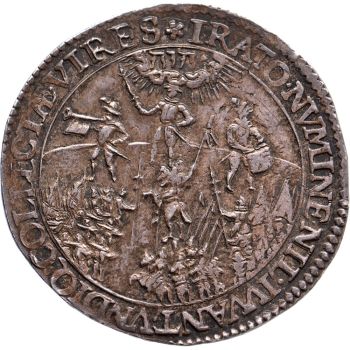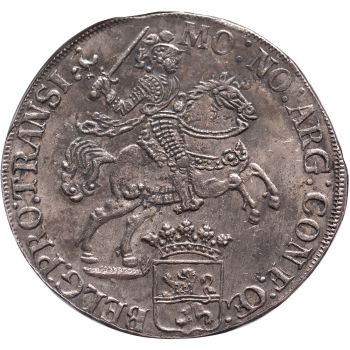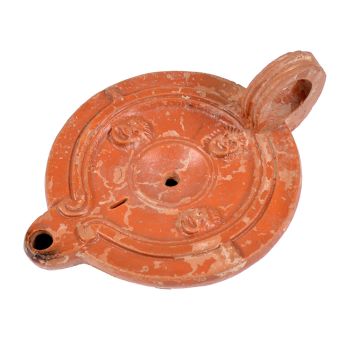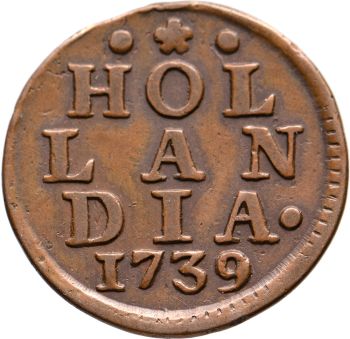50 stuiver noodmunt stad Groningen 1672
Artista Sconosciuto
Argento
€ 1.250
Jongeling Numismatics & Ancient Art
- A proposito di opere d'arteObverse: . IVRE . – . ET . TEMPORE . – . 1672 ., crowned provincial coat of arms between split value
Reverse: blank
RARE
LARGE DIE
In 1672 Groningen was besieged by the Prince-Bishop of Münster, Bernhard van Galen. He believed that he could lay claim to the areas in and around Groningen, because these had once belonged to his diocese. The young Dutch Republic was attacked from all sides in 1672 and so he saw his chance to attack the relatively unprotected north.
The bishop’s troops laid siege to Groningen on 21 July. The decisive factor for the eventual withdrawal was that his ally, the Elector of Cologne, had suffered a defeat at the wierde Nienhuis and his own troops had been repulsed at Noordhorn, endangering his back cover. In addition, the bishop had failed to block the supply to the city. He approached from the south, but the city remained accessible from the north. On August 28, von Galen was forced to retreat with only half of his army remaining.
Weight: 28.97 g
Diameter: 48.5 mm
Grade: About extremely fine
Reference: Delm. 736 (R); CNM 2.20.1 - A proposito di opere artista
Può succedere che un artista o un creatore sia sconosciuto.
Alcune opere non sono determinate da chi sono state realizzate o sono state realizzate da (un gruppo di) artigiani. Esempi sono statue dell'antichità, mobili, specchi o firme non chiare o leggibili ma anche alcune opere non sono affatto firmate.
Inoltre puoi trovare la seguente descrizione:
•"Attribuito a …." A loro avviso probabilmente opera dell'artista, almeno in parte
•“Studio di ….” o “Officina di” A loro avviso un'opera eseguita nello studio o nella bottega dell'artista, eventualmente sotto la sua supervisione
•“Cerchio di…” A loro avviso un'opera del periodo dell'artista che mostra la sua influenza, strettamente legata all'artista ma non necessariamente al suo allievo
•"Stile di..." o "Seguace di..." A loro avviso un'opera eseguita nello stile dell'artista ma non necessariamente da un allievo; può essere contemporaneo o quasi contemporaneo
•“Modalità di…” A loro avviso un'opera nello stile dell'artista ma di epoca successiva
•"Dopo …." A loro avviso una copia (di qualsiasi data) di un'opera dell'artista
•“Firmato…”, “Datato…” o “Iscritto” A loro avviso l'opera è stata firmata/datata/inscritta dall'artista. L'aggiunta di un punto interrogativo indica un elemento di dubbio
•"Con firma....", "Con data...", "Con iscrizione..." o “Riporta firma/data/iscrizione” a loro avviso la firma/data/iscrizione è stata aggiunta da qualcuno diverso dall'artista
Sei interessato ad acquistare questa opera d'arte?
Artwork details
Related artworks
Artista Sconosciuto
A white jade ‘Lotus Seedpod and Bug’ carving, Qing dynasty, 18th century18th century
Prezzo su richiestaMenken Works of Art
1 - 4 / 12- 1 - 4 / 24
Artista Sconosciuto
N.d. Murder of Johan and Cornelis de Witt in The Hague1672
€ 2.250Jongeling Numismatics & Ancient Art
 A cura di
A cura diDanny Bree
Willem Maris
Polderlandschap met koeien en molens op warme zomerdag1880 - 1890
Prezzo su richiestaPrivate Collection Classic Arts
Johannes Evert Akkeringa
'Nettenboetsters' in the Dunes1861 - 1942
Prezzo su richiestaStudio 2000 Art Gallery
1 - 4 / 24Artista Sconosciuto
N.d. Murder of Johan and Cornelis de Witt in The Hague1672
€ 2.250Jongeling Numismatics & Ancient Art
 A cura di
A cura diDanny Bree
Artista Sconosciuto
Un cestino di dolci d'argento olandese1738
Prezzo su richiestaJacob J. Roosjen SRI
1 - 4 / 24- 1 - 4 / 12













